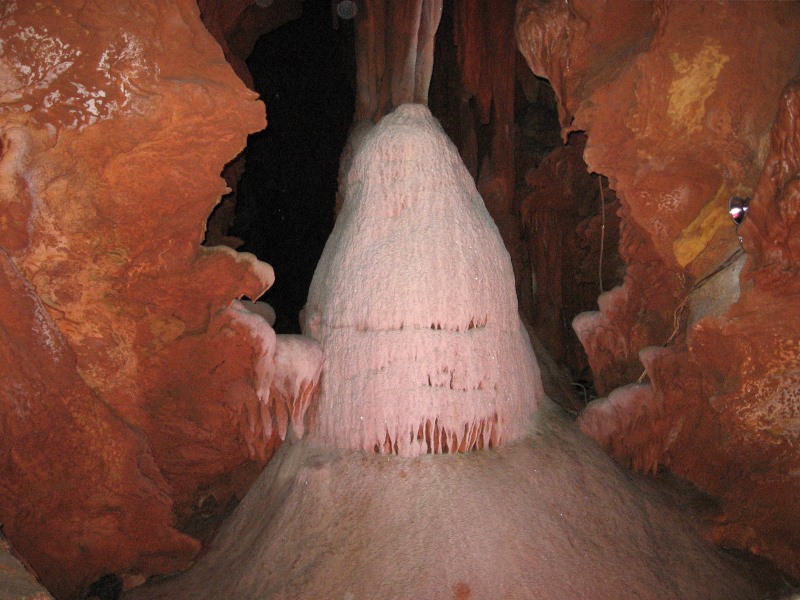Here in the Shenandoah Valley, we are blessed with many caves. Our karst limestone topography has yielded numerous underground rooms and passageways that crisscross beneath our feet without our knowledge. Several of these caverns are open to the public and provide tours into the subterranean world of wonders below us.
Most of these caves were discovered by the valley’s earliest settlers and many were even used by the Indians before that. In Samuel Kercheval’s book, “A History of the Valley of Virginia,” an entire chapter of the appendix is dedicated to describing the enormity and beauty of what was then known as Weyer’s Cave and has since been renamed Grand Caverns.
This amazing cave complex, like the others in our valley, is extensive with numerous rooms, formations, and passages. It has dramatic cliffs as well as a variety of pools and hidden chambers and this particular cavern has the unique designation as being America’s oldest show cave.
Excursions through most of our local caves are visitor friendly. Low spots have often been filled in and dangerous sections chained off to prevent accidents and make trails more accessible. Although such alteration is illegal today, in the past some narrow openings have been widened in order that guests may view the most spectacular rooms with minimum effort.

Being a cave buff and having visited most of these commercial caverns around us, I’m always intrigued by what is beyond the chains. What rooms lay hidden off the main pathway and what formations exist in the deep darkness? Even more fascinating are those caves and rooms beneath us we’ve not yet discovered. What beauty awaits us below? And when and how will we find it?
Many of the commercial caverns have been totally explored even though only particular segments of them may be on the main tours. In many instances, hidden passageways have been found connecting various rooms and some caving companies offer specialized spelunking tours for more adventurous souls who are not deterred by ropes, mud, and headlamps. Alas, I think those days are behind me.
The buried beauty of our numerous caves and the possibilities for their extensions, connections, and unexplored areas remind me of God’s Word. The Bible is, like a cave, very deep and filled with amazing beauty and grandeur. Thankfully, it doesn’t require the physical stamina or the athleticism for extensive exploration.
Unfortunately, most who visit its pages often stay on the well-worn trails seldom venturing into new or difficult territory. Turned away by difficult words or concepts and failing to take the time and effort to probe them will result in a very rudimentary and basic experience with God’s Word. Sadly, that leaves so many incredible rooms and striking formations undiscovered and unappreciated. And since God reveals Himself most clearly through His Word, it means we fail to know Him as fully as we could.
As we dig into the Bible and explore its many passages we often discover hidden connections between Old and New Testaments or between doctrines and writers that we had never seen before. We find magnificent chambers and delicate truths that inspire adoration and devotion. As we turn each page, we encounter beautiful glimpses of the Almighty we had never previously beheld.
Just as most caverns utilize trained guides to conduct guests through their labyrinths, so too, we benefit from the guidance of God’s Holy Spirit. He knows every nook and cranny of this formation and can point out incredible insights we will certainly miss without Him. Each time we approach God’s Word for study or devotion, we do well to invite Him to lead us each step of our way.
As we begin the New Year, may the caverns beneath us inspire us to dig deeper into God’s precious, beautiful, and Holy Word. Let’s allocate the time and the energy to see what amazing discoveries await us there. Digging deeply, George